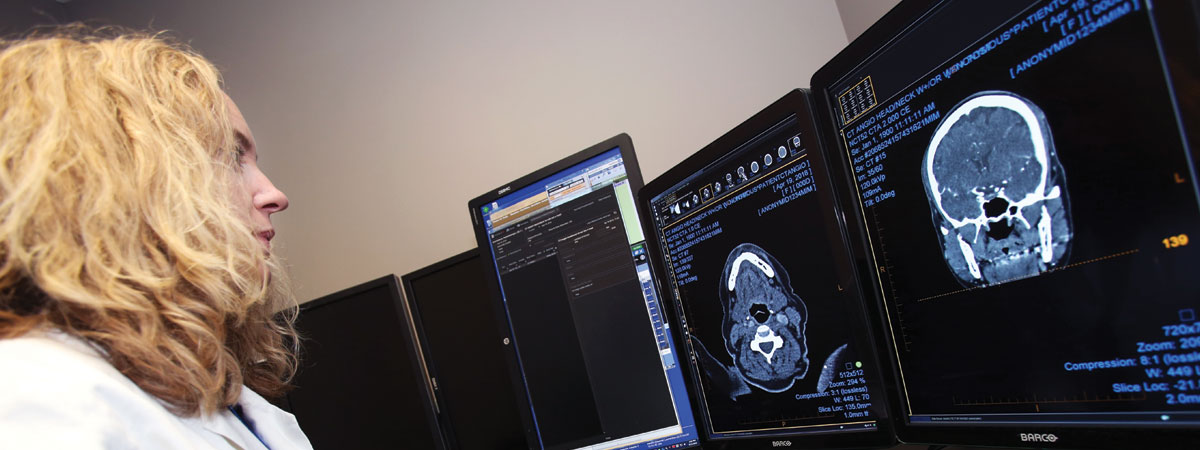OVERVIEW
Often times before a radiology procedure patients will have imaging studies that should be reviewed when performing a pre-procedural chart review. For more information on other aspects of the radiology pre-procedure chart review please refer to this page here.

It is important to realize that the nature of the specific procedure will dictate how to effectively review prior imaging, however with that in mind there are still some universal aspects of this task that apply to most all radiology procedures that are covered on this page.
REVIEWING PRIOR RELEVANT RADIOLOGY PROCEDURES
For certain radiology procedures it is common for them to be performed multiple times (such as a therapeutic paracentesis for a patient who has recurrent ascites). In situations like this it can be very advantageous to review both the prior imaging and the reports from prior procedures. In some cases they can provide very useful information such as:
- Specific equipment details: when repeating procedures, or performing similar procedures it can be very valuable to learn about what equipment was used previously (as some of this same equipment may be used again).
- The prior approach utilized: it can be helpful to understand what procedural approach was taken in the past (especially if it was successful). It can be useful to know what window or vascular access points have been used previously.
- Prior complications (and their solutions): if documented in the report, procedural complications/challenges (and their solutions) can help save time in the future if the same complications occur again.
REVIEWING PRIOR RELEVANT PRIOR DIAGNOSTIC IMAGING
There are many different types of diagnostic radiology imaging studies, and often times most all of them will have some utility in pre-procedural planning. Here are some things to focus on when reviewing prior imaging for various radiology procedures:
- What is the vascular path to the area of interest? This refers to intravascular work, but it is very useful to trace the vascular path all the way from the access point to the area of interest. Is the access point actually accessible? Does the patient have variant anatomy? Are there landmarks for finding certain vessels?
- What is the window to access the target? This refers more to extravascular work such as a fluid collection drainage. How will the target be accessed? Will this change positioning of the patient?
Page Updated: 01.12.20